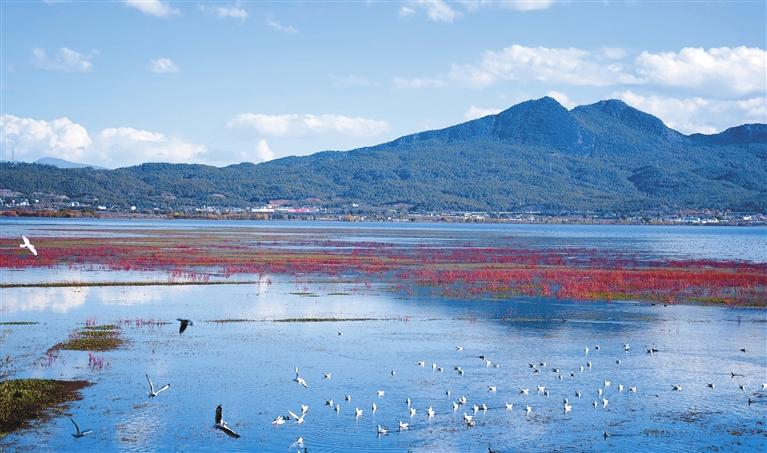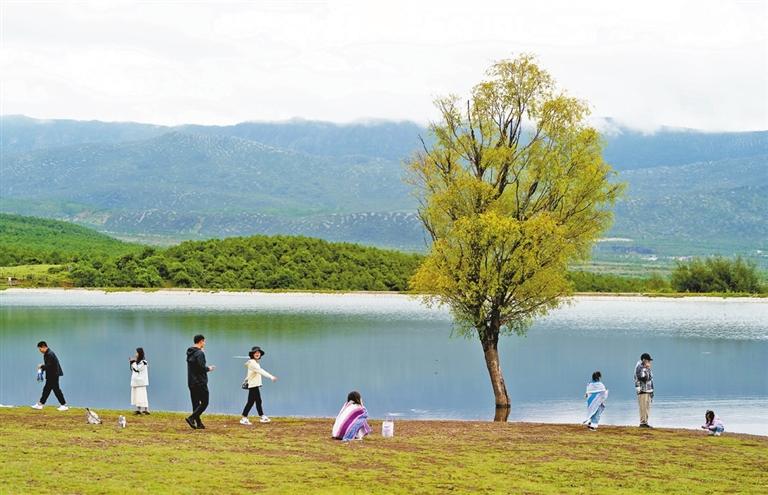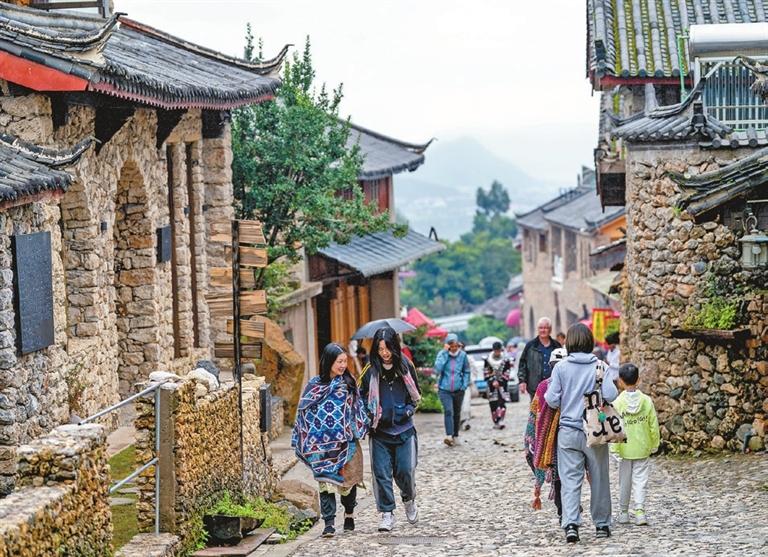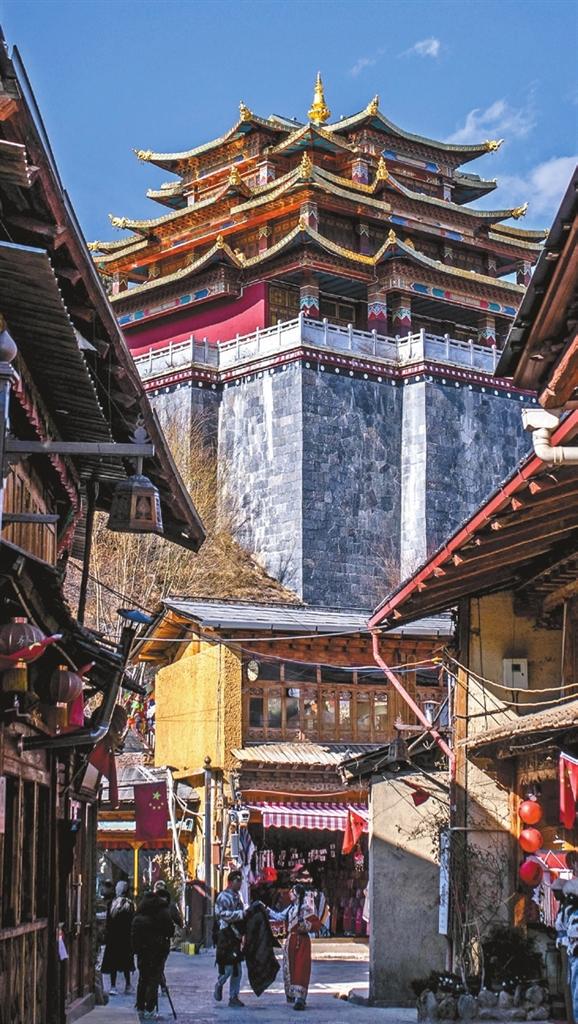



THE newly inaugurated Lijiang-Shangri-La section of the Yunnan-Xizang (also known as Tibet) Railway offers visitors a convenient and comfortable option to explore this part of Yunnan, traveling the 139 km from Lijiang to Shangri-La in just 78 minutes. With passenger stops in Lijiang, Lashihai (Lashi Lake), Xiaodongdian and Shangri-La, the railway beckons all wanderers to embark on a journey of discovery. Here are a few destinations worth visiting along the route. Yuhu Village (玉湖村) A sleepy village at the southern foot of Jade Dragon Snow Mountain, the place is named after the Jade Lake, a man-made lake ordered to be dug by the Naxi Chieftains Mu family before the Ming Dynasty (1368-1644). In Naxi language, the village is called Wuluke, literally meaning “village at the foot of the snow mountain.” Chieftain Mu built his summer palace, an academy, and a deer farm by the lake. The earliest inhabitants in the village were allegedly people who kept deer for the Naxi chieftain. Joseph Rock (1884–1962), an Austria-American botanist and explorer, lived in Yuhu Village and nearby places from 1922 to 1949. He was also a naturalist and photographer, and the first foreign scholar to introduce Lijiang’s beautiful landscapes and Naxi ethnic culture to the Western world. History buffs will love to visit Rock’s former residence in the village, where visitors can see the adventurer’s shotguns, woolen overcoat, dental tools and carpentry tools, among other items. The essays and photos that Rock published in National Geographic allegedly inspired James Hilton to write his “Lost Horizon.” With endless grasslands extending from the banks of the lake to the foot of the snow mountain, and the snow-capped peaks reflected on the serene and clear lake surface, the sceneries of the lake area is a major attraction for visitors. And similar to Shuhe Ancient Town, this village has the natural appeal of a pristine land untainted by commercialism, visited by fewer tourists than the Jade Dragon Snow Mountain or Lijiang. Lashi Lake (拉市海) Located on the southern slope of the Jade Dragon Snow Mountain, about 10 km from Lijiang Ancient Town, Lashi Lake is part of the Lijiang-Lashihai Plateau Wetland Nature Reserve. Established in 1998 by the local government, the reserve aims to preserve the wetland habitat that surrounds the lake. Covering an impressive 5,330 hectares, Lashi Lake is the largest highland lake in the Lijiang area. Sitting at an altitude of 2,437 meters, it was formed in the early Pleistocene Epoch during the tectonic shifts of the Hengduan Mountains at the edge of the Qinghai-Xizang Plateau. Not only does this picturesque lake boast stunning natural landscapes, but it also serves as a paradise for migratory birds, attracting thousands of them each winter. The lake provides a safe haven for protected migratory bird species such as the black-necked crane, whooper swan and black stork. The best time to observe the birds is between October and April. Those who visit in autumn also have the privilege to enjoy the breathtaking colors of the forests that surround the lake. With boating and kayaking banned on the lake since October 2018 to better preserve the local ecology, tourists are now left with the choice of horse riding and cycling in certain areas on the banks, which can be an exhilarating experience as they can take in the beautiful lake sceneries from treks in the woods on the slopes. Dukezong Ancient Town (独克宗古城) Those looking to learn more about Shangri-La’s rich and unique history should head to Dukezong Ancient Town. Dukezong, in the southern blocks of the city and just a short walk from downtown, is one of the oldest parts of the region, first built in the 7th century as a stopover on the tea horse route. This 1,300-year-old town features traditional Tibetan homes, ancient temples and pagodas, and narrow, winding alleyways, all adorned with iconic Tibetan prayer flags of various colors. Simply walking around Dukezong’s winding, maze-like lanes is a great way to enjoy the enchanting historical charm of the town. This will allow you to observe the traditional dwellings and other interesting architecture up close. You will also find a number of shops and outdoor markets selling jewelry, thangka paintings, incense, and more, providing many opportunities to find beautiful souvenirs. Dukezong is also home to a number of teahouses and authentic restaurants, as well as a few more cosmopolitan bars that come alive at night. Near Dukezong Ancient Town, you can also visit Guishan Park, where an impressive Tibetan Buddhist temple on top of a hill offers panoramic views of the town. The temple features a giant gilded prayer wheel covered with depictions of Buddhist deities and symbols, standing at 21 meters tall and weighing about 60 tons. The prayer wheel is so heavy that it takes at least six grownups to spin it! (Li Dan) | 
